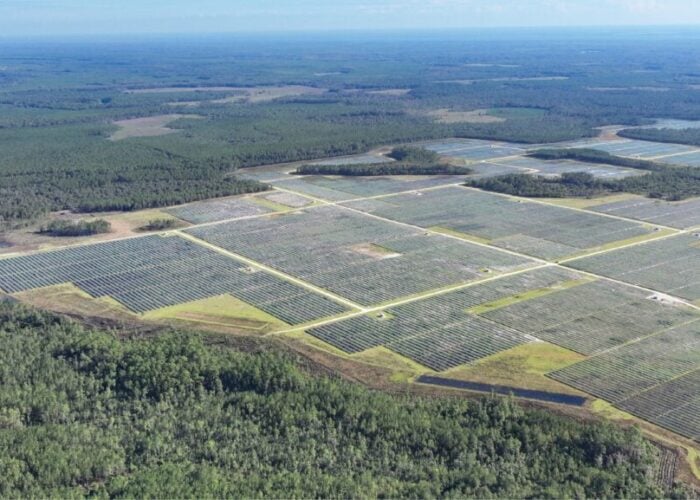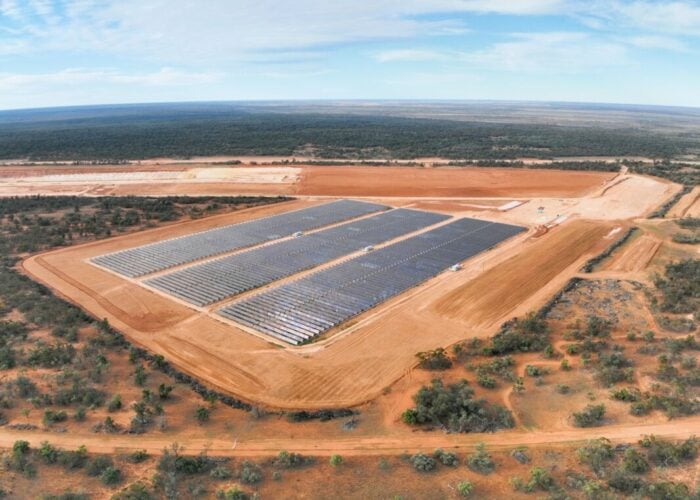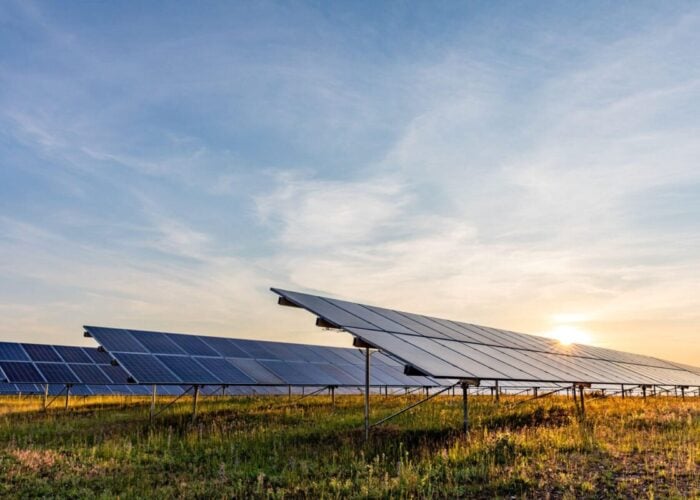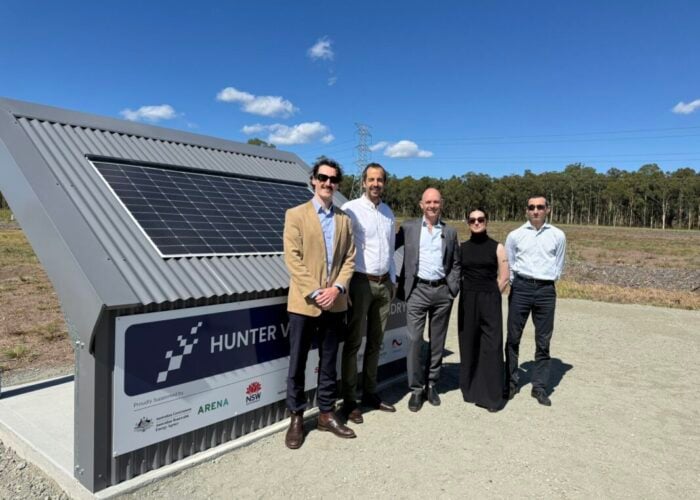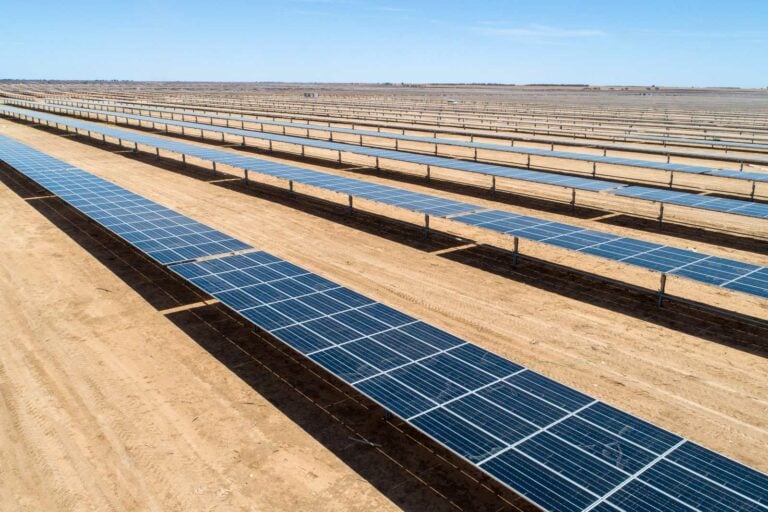
Australian utility Origin Energy has acquired compatriot renewables developer Walcha Energy and its 1.3GW project pipeline of solar and wind assets.
The 1.3GW of assets comprise the 450MW Salisbury solar project and the 868MW Ruby Hills wind farm, both in the state of New South Wales (NSW). Both sites are earmarked for development in the New England Renewable Energy Zone (REZ), one of a number of areas designated by the NSW government for the preferential development of renewables.
Try Premium for just $1
- Full premium access for the first month at only $1
- Converts to an annual rate after 30 days unless cancelled
- Cancel anytime during the trial period
Premium Benefits
- Expert industry analysis and interviews
- Digital access to PV Tech Power journal
- Exclusive event discounts
Or get the full Premium subscription right away
Or continue reading this article for free
Financial details of the transaction were not disclosed.
This transaction follows Origin’s previous acquisition of the ‘Warrane’ property in the New England REZ in July 2023. Origin bought the 7690-hectare former sheep ranch – in the central part of the REZ – for over AU$35 million (US$22.97 million) with a view to developing the Northern Tablelands wind farm.
Greg Jarvis, Origin Energy head of energy supply and operations said: “Through Walcha and the earlier acquisition of the ‘Warrane’ property, Origin’s portfolio now includes several projects with promising wind and solar resources within the New England REZ, close to recently published transmission line investigation routes.”
Origin Energy was itself acquired by Canadian asset manager Brookfield Renewables in March 2023, with a view to expanding its renewables generation capacity by 14GW over the next decade. Origin was already the largest integrated power generator and energy retailed in the Australian National Electricity Market (NEM) at the time of the acquisition.
The market for renewables, and utility-scale solar in particular, has been a mixed bag in Australia of late. Private investment into utility-scale solar fell off a cliff in 2023, as a result of stimuli from competitor nations, increased project sizes (and subsequently larger investments) and a lack of concrete government support.
In late November 2023, the government announced an expansion of its Capacity Investment Scheme intended to underwrite investments into 32GW of grid-scale renewable energy and storage developments, a move intended to provide certainty to investors and stimulate growth in the sector.



